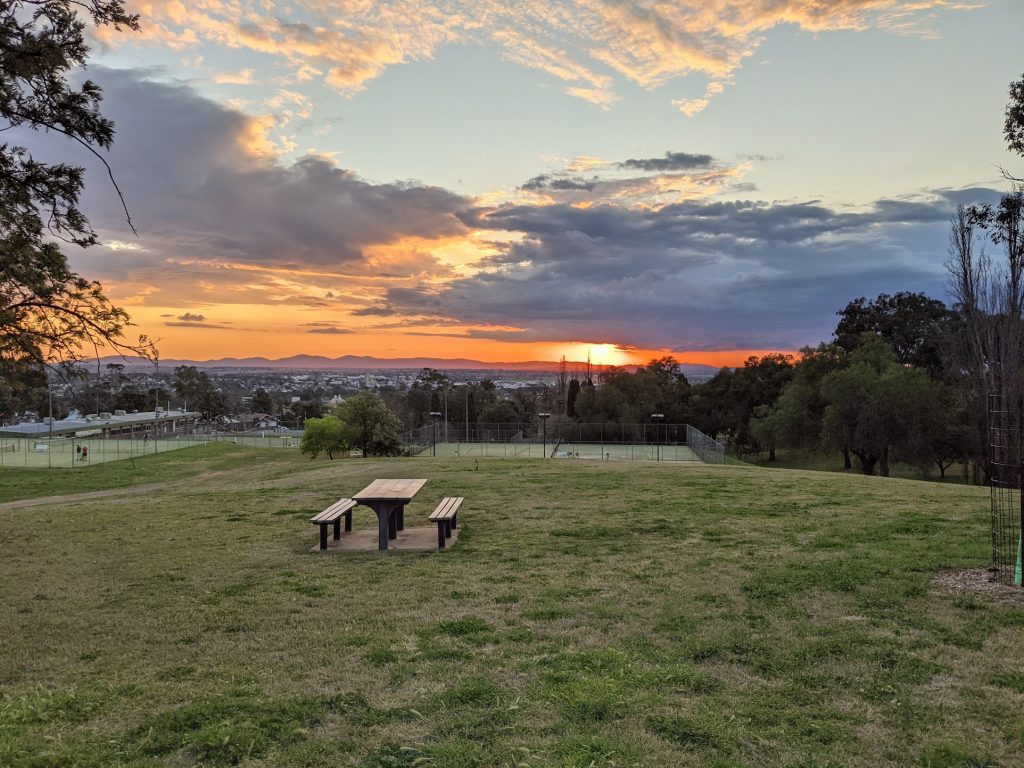In November 2020 I decided it was time to tackle a goal I always had wanted to try: Learning the Piano. I don’t think there could have been a better time, partially locked down with COVID, plenty of time at home, working from home. These are not the memoirs of an empress, nor of a queen. These are memoirs of another kind. These are the memoirs of a maestro.
Why did I want to play piano? Linking back to what drives me, my goals and then plans:

Looking back on this now, I think the links are quite weak, which is why with sadness I admit that Piano defeated me. I gave up, I quit.
But Why?
I like must be black or white with everything I do. For most of the important things I do in life, I’ll subconsciously have thought why I am doing something. For example; why buy a house? Investment opportunity, stability, making commitments and building a life with my future wife (at the time), etc. Once you throw together the pro / con list, you should be able to make a decision that you resonate with.
When I signed myself up to piano, I thought that I would enjoy it due to my ‘understanding what drives you’. The more I played the more I really started to understand about myself ‘you are more likely to enjoy things you are good at’. I enjoy listening to good classical style music however when I stepped up to the piano, it was just a hot mess of keys and sounded awful. The most frustrating part of all though was even if I practiced every day for a month. If I missed just 2-3 days without training, I would forget it all and be back at square one.
After losing basically all the minimal progress a few times, I’d lost the motivation to continue. I realised that I would never have the motivation to commit thousands of hours into something I was so bad at and not making progress. It was too hard and makes me respect how these pros can play so well, songs 10,000 times harder than what I was struggling with.
So what now?
It’s not like I’m gaining heaps of time back (maximum 30 minutes per day). But some projects myself and Kel have been thinking upon;
- Planning a move to Hong Kong
- Setting up an official training schedule (done)
- More blog posts
- Editing / creating memories and video content
- Getting back into languages
- Getting decent at Japanese again or;
- Chinese (Mandarin)































